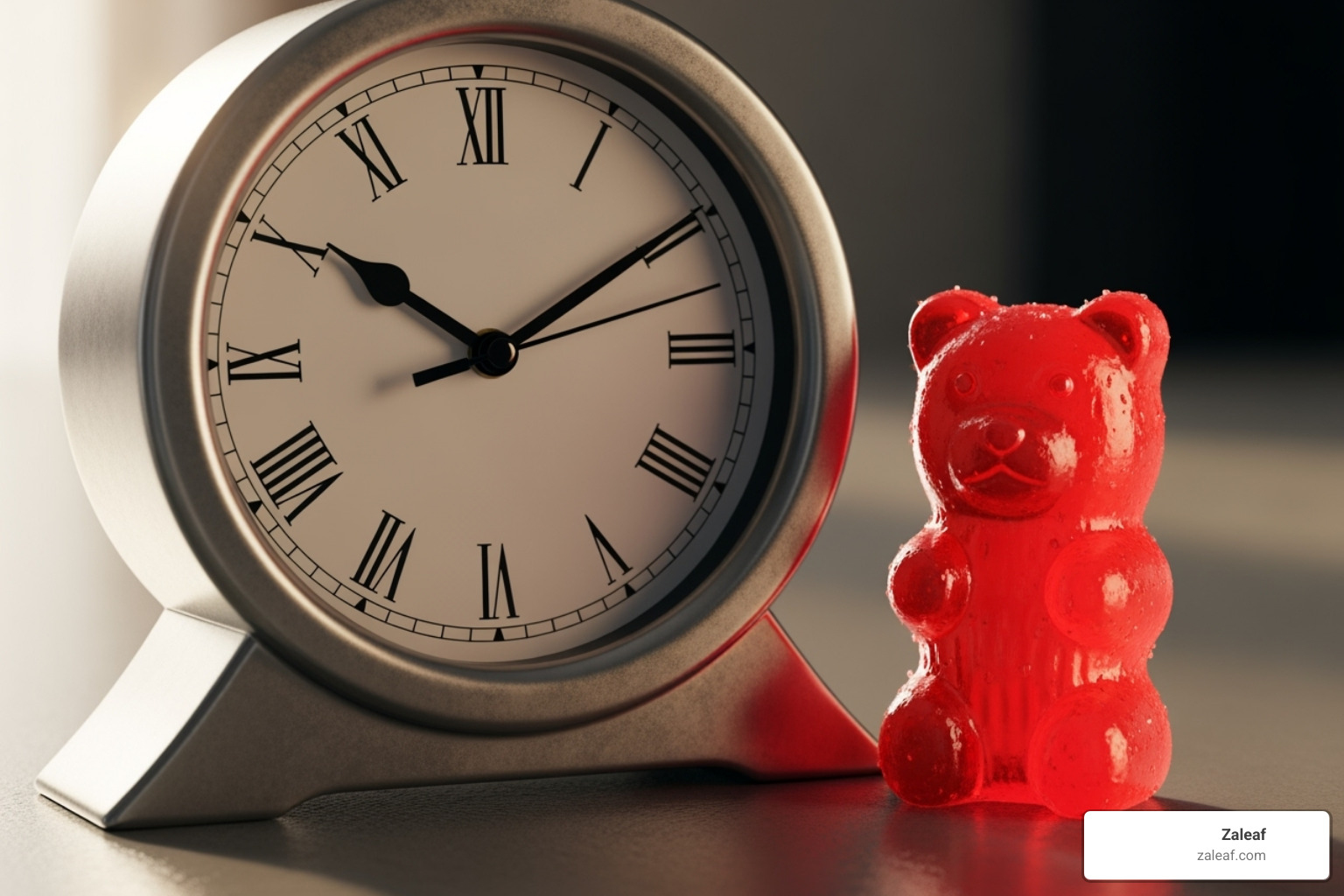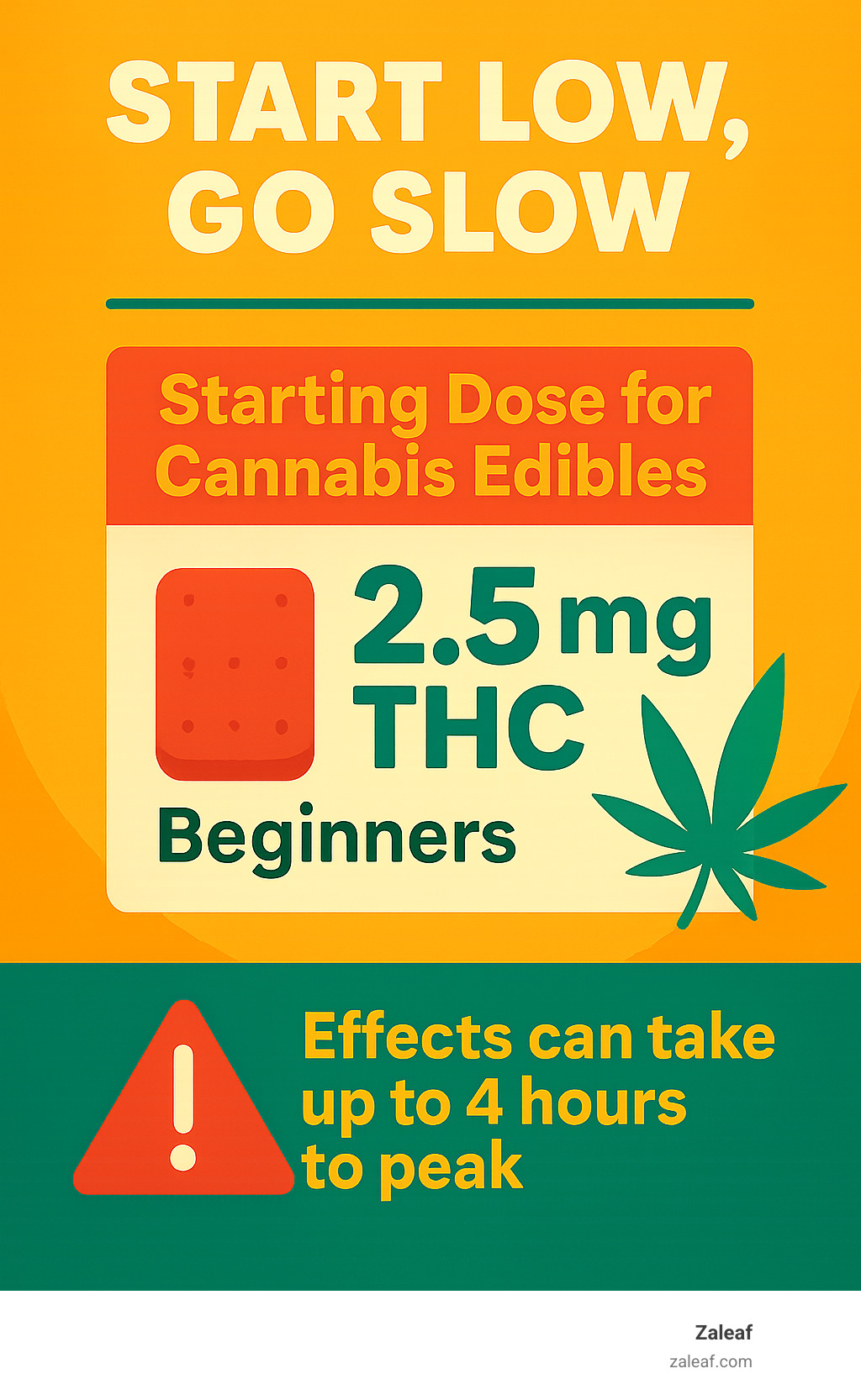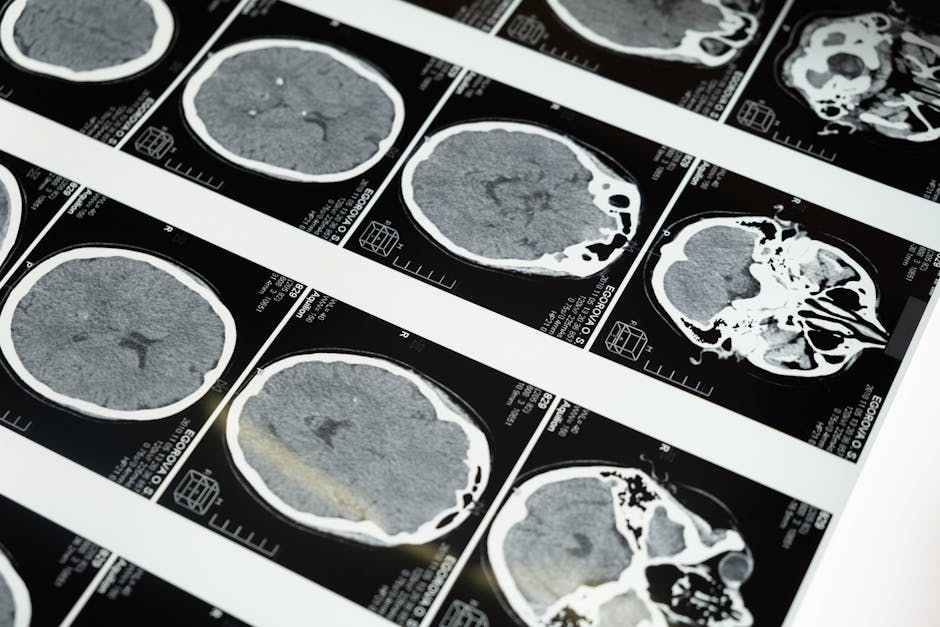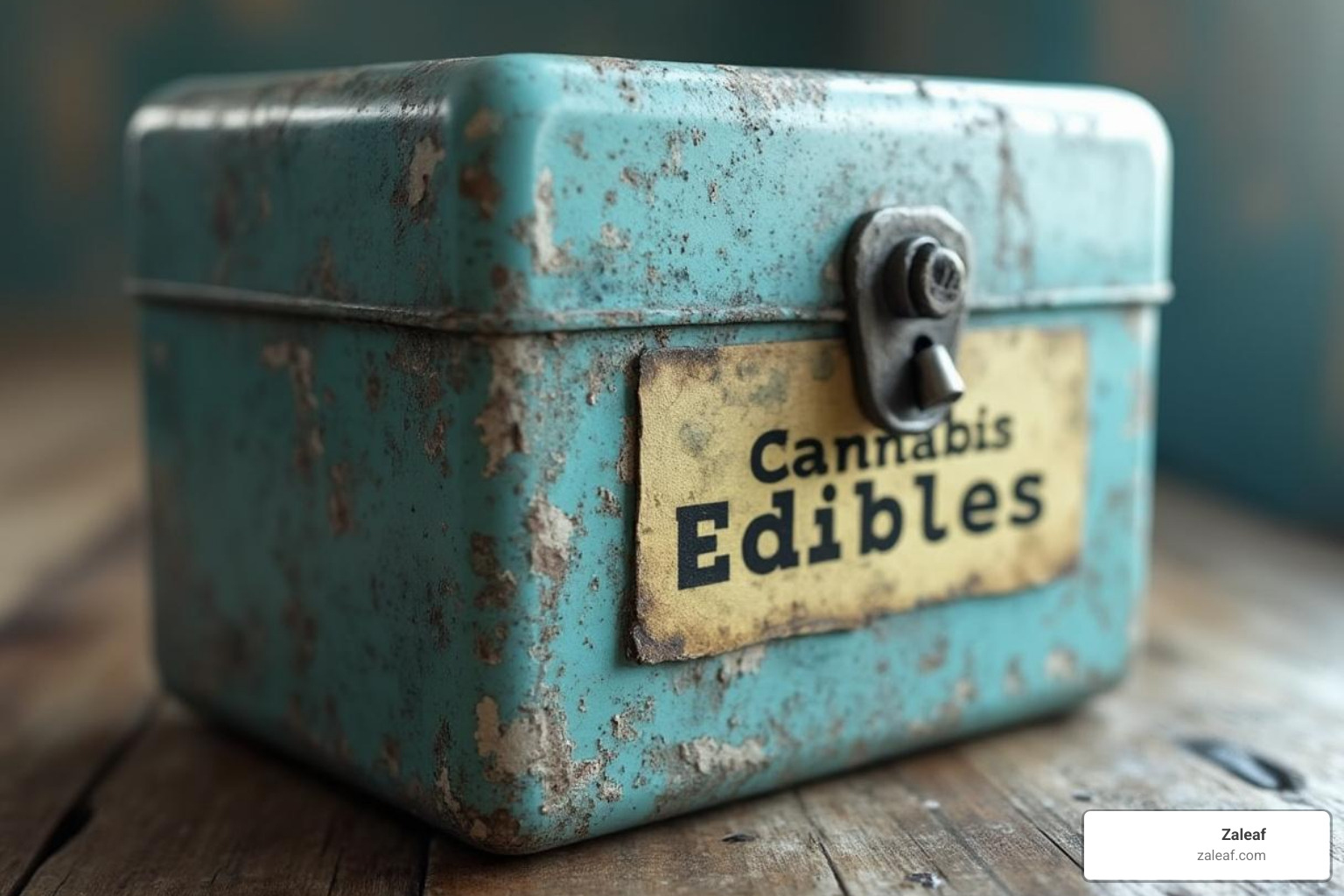The Unwanted Trip: Common Side Effects of Cannabis Edibles

Why Understanding Cannabis Edibles Side Effects Matters
Cannabis edibles side effects can range from mild discomfort to serious health emergencies. It's crucial to understand these risks because edibles deliver THC through your digestive system, creating a different experience than smoking that often catches users off guard.
Common side effects include psychological issues like anxiety and paranoia; physical symptoms like increased heart rate and dizziness; and cognitive impairment such as memory problems and poor judgment. In cases of overdose, symptoms can escalate to severe paranoia and uncontrollable vomiting.
The biggest danger with edibles is their delayed onset. While smoked cannabis takes effect in minutes, edibles can take 30 minutes to 4 hours to kick in. This delay often leads people to consume more, thinking the first dose wasn't enough, only to experience an overwhelming high hours later.
This risk is reflected in poison control data. In 2022, the US National Poison Data System reported about 6,000 calls involving children under 13 who accidentally ate cannabis edibles. The effects also last much longer—typically 6 to 12 hours compared to 2 hours from smoking. This extended duration means any negative side effects will last significantly longer.
At Zaleaf, we've seen how understanding cannabis edibles side effects can make the difference between a positive experience and a trip to the emergency room. Our goal is to help you use these products safely by making informed decisions.

Simple cannabis edibles side effects glossary:
The Immediate Aftermath: Short-Term Side Effects
When you eat a cannabis edible, the effects can be intense and overwhelming, especially because they sneak up on you. Unlike smoking, where the effects are immediate, edibles can take time, and the resulting short-term cannabis edibles side effects can turn a relaxing experience into a distressing one.

Unwanted Psychological Effects
The mental side of cannabis edibles side effects can be the most jarring. Instead of feeling calm, your brain might feel like it's working against you.
- Paranoia is a common unwanted effect. You might suddenly feel watched or believe something bad is about to happen, even in a safe environment.
- Anxiety and panic attacks can strike hard, especially with the realization that the effects can't be quickly turned off. A pounding heart and a sense of dread are common.
- Hallucinations are less common with moderate doses but can occur. This might involve hearing things that aren't there or having a distorted perception of reality.
- Confusion and impaired judgment can make simple tasks feel impossible. Your ability to concentrate, remember things, and react quickly becomes compromised, and you might not realize how affected you are.
Physical cannabis edibles side effects
Your body can also experience unsettling physical symptoms.
- Increased heart rate is a frequent and concerning reaction. A racing heart can be frightening, and research on the cardiovascular effects of cannabis shows this is a serious consideration, especially for those with pre-existing heart conditions.
- Dizziness can occur as edibles may cause a drop in blood pressure, which is dangerous if you're standing or moving around.
- Severe nausea and vomiting can ironically be a side effect of taking too much THC, even though cannabis is often used to treat nausea.
- Impaired mobility can make you feel "stuck" or as if your limbs are not your own, contributing to a feeling of being trapped.
- Dry mouth and bloodshot eyes are classic, less severe signs, but still add to the discomfort.
These immediate cannabis edibles side effects highlight the importance of treating these products with respect, as a small dose can become more than you bargained for.
Edibles vs. Inhaling: Why the High is Different and More Risky
Eating a 10mg THC gummy is not the same as smoking 10mg of flower. Your body processes cannabis edibles side effects completely differently than inhaled cannabis, a distinction that is crucial for a safe experience.

When you smoke or vape, THC is absorbed through the lungs for rapid effects that peak within 30 minutes and fade after a couple of hours. Edibles take a much slower, more intense route through the digestive system.
The Slow and Potent Path
After you eat an edible, it travels through your stomach and intestine to your liver. Here, your liver converts the standard Delta-9-THC into 11-hydroxy-THC, a metabolite that is significantly more potent and longer-lasting. This conversion is why the edible high is often described as more intense and body-focused than smoking.
The onset time is where most people get into trouble. Edibles can take anywhere from 30 minutes to 4 hours to kick in. This delay often leads to the classic mistake: "I didn't feel anything, so I ate another one."
Once the effects arrive, they last for 6 to 12 hours, with some grogginess possible the next day. For a detailed breakdown of timing, check out The Edible Countdown: Exactly How Long Your High Will Last.

The Overdose Risk
The unique nature of edibles creates a perfect storm for overconsumption. The combination of delayed onset, longer duration, and increased potency makes it easy to take too much.
- Dose stacking: This is the biggest culprit. Taking a second dose before the first has kicked in can lead to an unpleasantly intense experience when both hit at once.
- Inaccurate labeling: Unregulated products may have incorrect dosing information, or list the THC content for the entire package instead of per serving. This can turn a 5mg dose into an accidental 50mg nightmare.
Statistics show edibles are linked to higher rates of emergency room visits for cannabis overdose. When someone takes too much, the cannabis edibles side effects become severe: uncontrollable vomiting, intense paranoia, panic attacks, and impaired mobility. It's important to recognize these symptoms to know when someone needs help.
Edibles demand patience. Their delayed, potent, and prolonged effects make them fundamentally different from other consumption methods.
The Long Haul: Potential Long-Term Cannabis Edibles Side Effects
Beyond the immediate experience, it's important to consider what happens when cannabis edibles side effects become a factor in your regular routine. Consistent use over months or years can lead to gradual changes in your mind and body.

These long-term effects can be subtle, developing so slowly that you might not initially connect them to your cannabis use.
Impact on Mental and Cognitive Health
Regular cannabis use can cause the brain to adapt in concerning ways, especially for those with a genetic predisposition to certain conditions.
- Psychiatric disorders: The risk of developing conditions like depression or anxiety can increase, particularly for those who start using cannabis regularly in their teens.
- Schizophrenia triggers: For individuals with a family history of schizophrenia, regular cannabis use can accelerate its onset or worsen symptoms.
- Depression and anxiety: While many use cannabis for relief, chronic use can paradoxically worsen these conditions over time by compromising the brain's natural ability to regulate mood.
- Cognitive decline: Research on neuropsychological decline from habitual use shows measurable drops in IQ and cognitive function in regular users, with some changes persisting even after cessation.
- Memory and learning impairment: Noticeable difficulties with concentration, forming new memories, and complex decision-making can arise. These effects may not be fully reversible, especially if use began during adolescence.
Long-Term Physical Health Risks
While edibles avoid the lung risks of smoking, they carry their own set of long-term physical concerns.
- Cannabis Use Disorder: About 30% of cannabis users may develop some degree of dependence, feeling they need it to function and finding it difficult to cut back.
- Withdrawal symptoms: When regular users quit, they can experience irritability, sleep disturbances, and restlessness, which can make cessation challenging.
- Cardiovascular strain: Regular THC consumption affects heart rate and blood pressure, which over time can increase the risk of heart attack and stroke, especially with high-potency products.
- Cannabis Hyperemesis Syndrome (CHS): This is a paradoxical condition where long-term users develop severe, cyclical vomiting that is only relieved by hot showers and stopping cannabis use entirely.
For more insight into how edibles affect your body, see our guide: Do Cannabis Edibles Affect Your Liver Health? An In-Depth Guide.
These long-term effects are more likely with heavy, regular use, but understanding them is key to making informed decisions.
High-Risk Scenarios and Dangerous Interactions
Certain situations can turn cannabis edibles side effects from uncomfortable to dangerous. These scenarios often involve accidental ingestion by children or pets, or mixing edibles with other substances.

The Danger of Accidental Ingestion
An edible that looks like candy can be a serious hazard for a child or pet. The statistics are concerning: in 2022, the US National Poison Data System received about 6,000 calls about children under 13 consuming cannabis edibles. Many required medical evaluation and hospitalization.
Pets are also at risk, as they are highly susceptible to cannabis toxicity. The main culprit is look-alike packaging that mimics popular snacks. This makes safe storage absolutely essential.
- What to do: If accidental ingestion occurs, contact your local poison control center at 1-800-222-1222 immediately. You can also visit What to do in case of accidental ingestion. For pets, call your veterinarian or a pet poison helpline.
- Safe storage: Treat edibles like prescription medication. Lock them up in their original, clearly labeled packaging, and keep them completely out of reach of children and pets.
Vulnerable Populations and Other Substances
Certain groups face heightened risks, and mixing edibles with other substances can create unpredictable results.
- Adolescents: THC can impair brain development in teenagers, increasing the risk of psychiatric disorders and cognitive decline.
- Pregnancy and breastfeeding: Cannabis use during pregnancy is linked to lower birth weight and developmental issues in children. THC also passes into breast milk. It is strongly recommended to avoid cannabis entirely during this time.
- Pre-existing heart conditions: The increase in heart rate and blood pressure from THC can be dangerous for those with cardiovascular disease. Consult a healthcare provider before use.
- Mixing with alcohol: "Crossfading" can intensify THC's effects and lead to severe nausea and dangerous levels of impairment.
- Prescription medications: THC can interact with many prescription drugs, either amplifying their effects or reducing their efficacy. Always discuss cannabis use with your doctor if you are taking other medications.
Frequently Asked Questions about Edible Side Effects
Being informed is the best way to ensure a safe and enjoyable experience. Here are answers to the most common questions we receive about cannabis edibles side effects.
What is cannabis poisoning from edibles?
Cannabis poisoning, or overdose, happens when someone consumes too much THC. It's more common with edibles due to their delayed onset, which can lead people to take more before the first dose has kicked in. Symptoms of poisoning include extreme confusion, severe paranoia, anxiety, hallucinations, a racing heart, and uncontrollable nausea. This occurs because the liver converts THC into 11-hydroxy-THC, a more potent compound that can overwhelm your system in high doses.
How long do the side effects of edibles last?
The effects of edibles, including negative ones, typically last 6 to 12 hours. The peak is usually around the 3-hour mark after consumption. Some people may also experience a "weed hangover," feeling groggy or foggy the next day. The exact duration depends on the dose, your metabolism, your tolerance, and what else you've eaten. This long duration is why patience is critical. For more on timing, see From Start to Finish: How Long THC Gummies Affect You.
How can I avoid the negative side effects of cannabis edibles?
Responsible consumption is key. The best approach is to respect the edible and follow these guidelines:
- Start low: Begin with a very small dose, 2.5mg of THC or less, especially if you are new to cannabis. You can always take more next time, but you can't take less.
- Go slow: Wait at least 2 to 4 hours to feel the full effects before even considering another dose. Set a timer to avoid impatience.
- Choose your setting: Consume edibles in a safe, comfortable environment, preferably with people you trust.
- Read the label: Always check if the THC dosage is listed per piece or for the entire package to avoid accidental overconsumption.
- Buy from trusted sources: Purchase products from reputable suppliers like Zaleaf that provide third-party lab testing for purity and potency. This ensures you know exactly what you're getting.
Your personal response will vary. For help finding your ideal dose, our guide Dose Like a Pro: Mastering THC Gummies Dosage for Beginners offers detailed advice.
Conclusion
Understanding cannabis edibles side effects is about empowering yourself to make informed, safe decisions. As we've covered, these products require a different approach than other forms of cannabis.
The delayed onset of 30 minutes to 4 hours is the single biggest risk, often leading to overconsumption and an overwhelming high that can last up to 12 hours. The liver's conversion of THC to the more potent 11-hydroxy-THC explains the unique intensity of the edible experience.
Long-term risks, such as impacts on mental health and cognitive function, are important considerations for regular users. Furthermore, the danger of accidental ingestion by children and pets highlights the critical need for safe storage.
At Zaleaf, we believe knowledge is your best defense. We are committed to transparency through rigorous third-party testing, so you know exactly what you're consuming. Our focus on specific cannabinoid and terpene profiles helps you choose products with confidence and consistency.
The golden rule is simple: start low and go slow. Begin with 2.5mg or less, wait at least four hours before considering more, and always consume in a safe environment. Store your edibles securely and treat them with the respect they deserve.
By understanding the risks and practicing responsible use, you can minimize the chance of negative side effects and enjoy the benefits edibles can offer. For a final review of safety, see our guide: Cannabis Edibles: Are They Safe or Bad for You?
Patience isn't just a virtue with edibles—it's your safety net.

